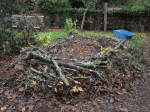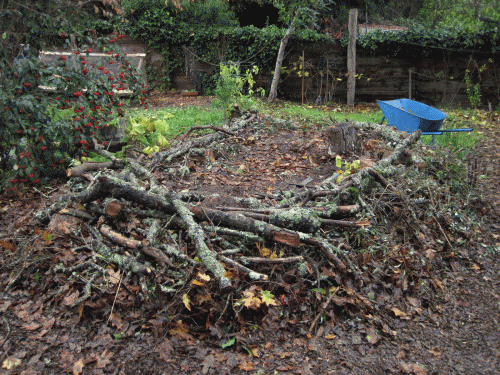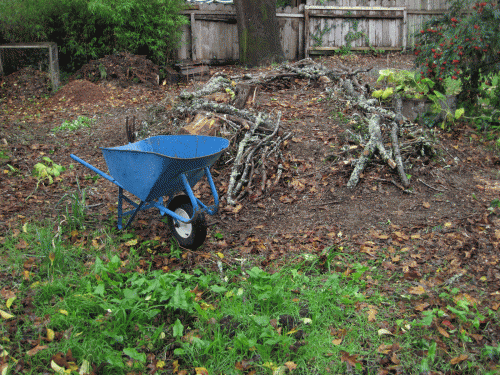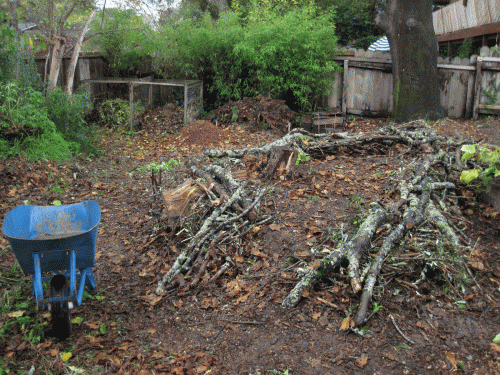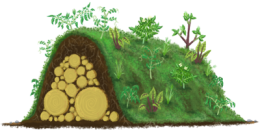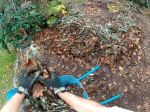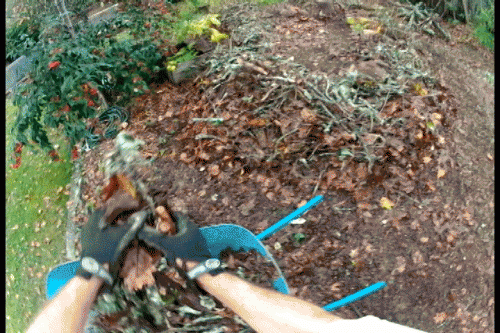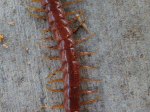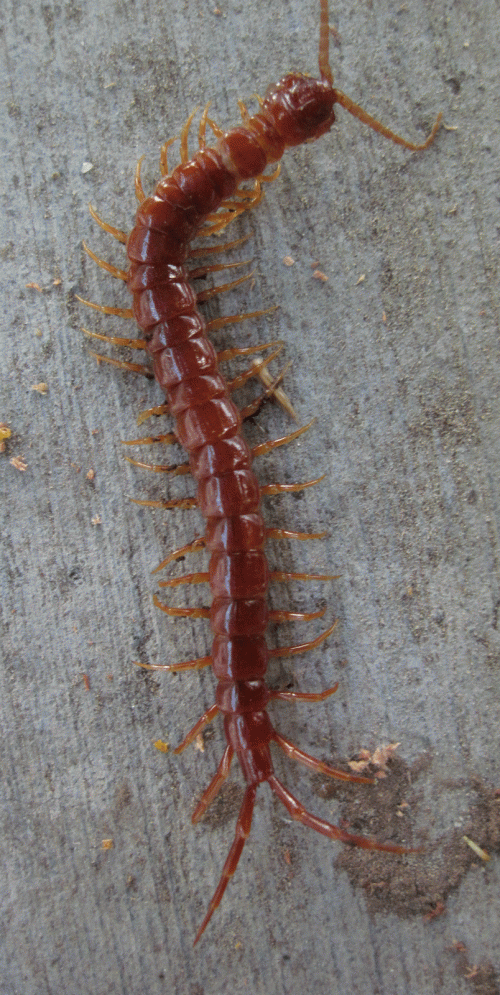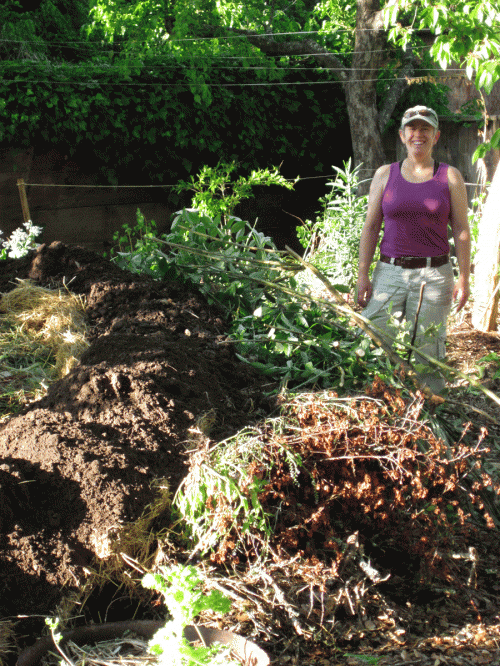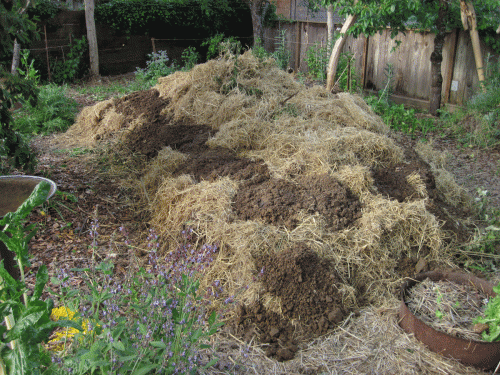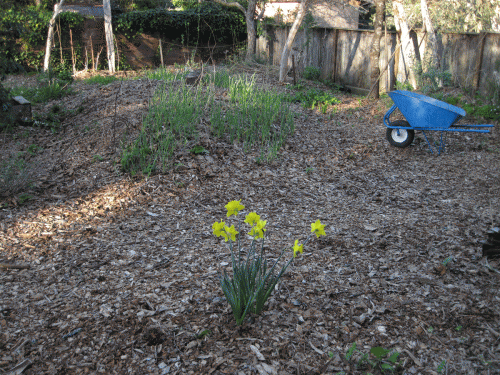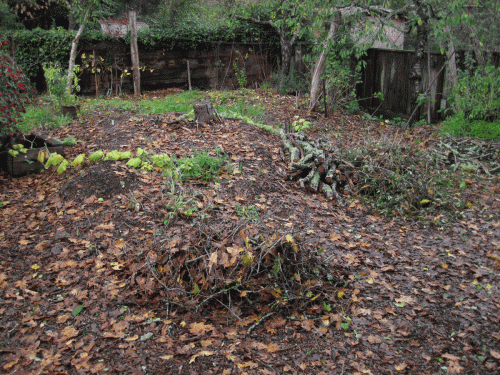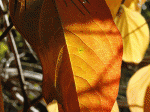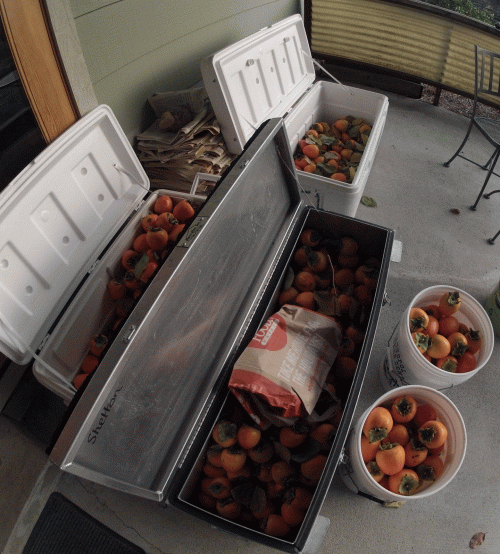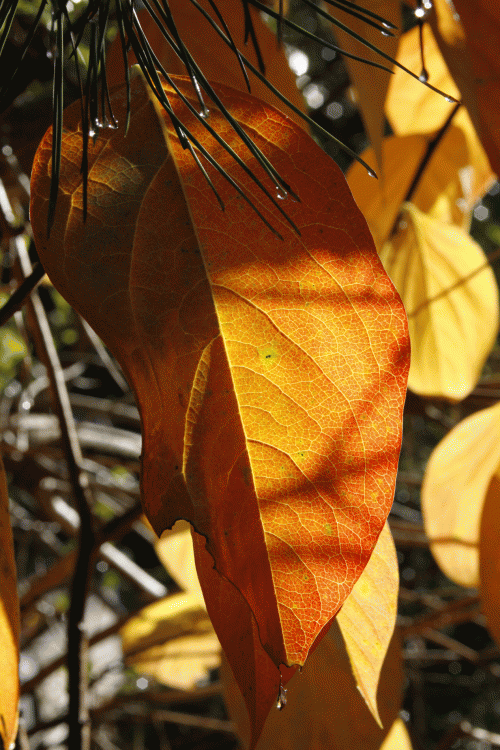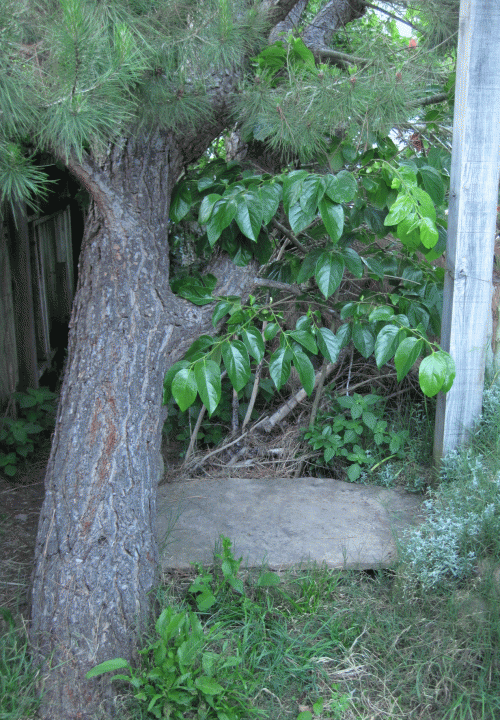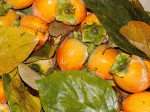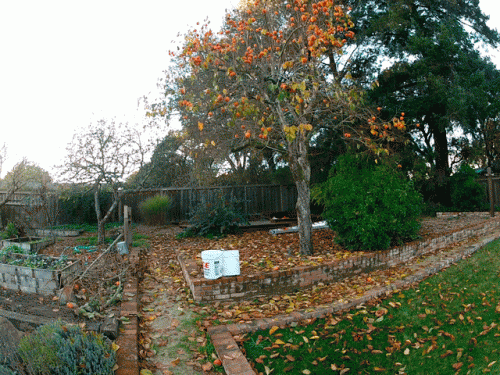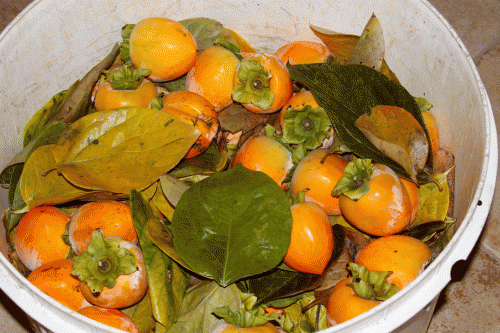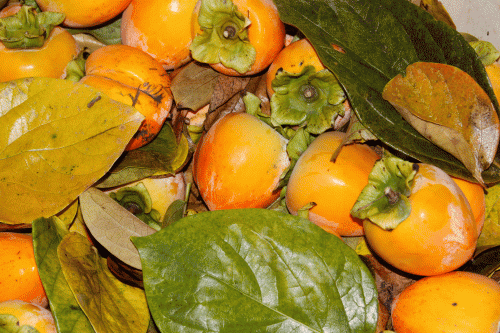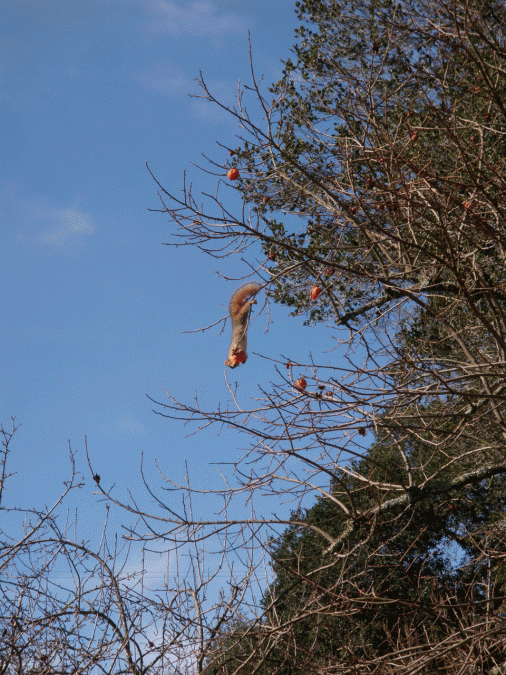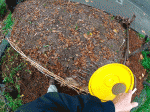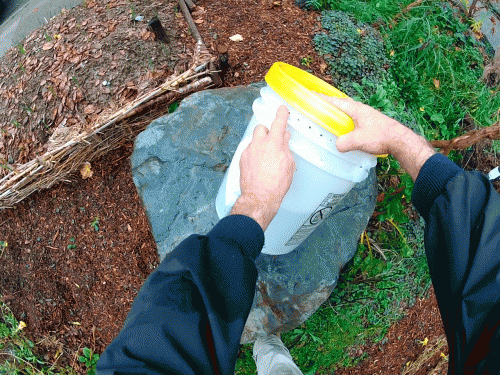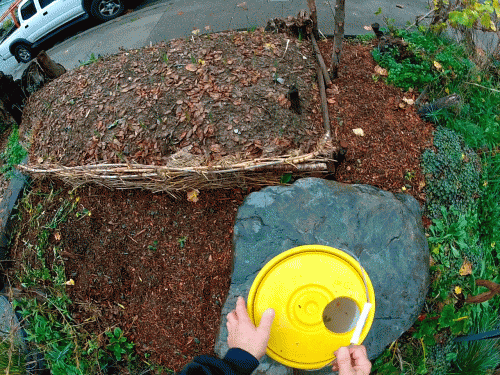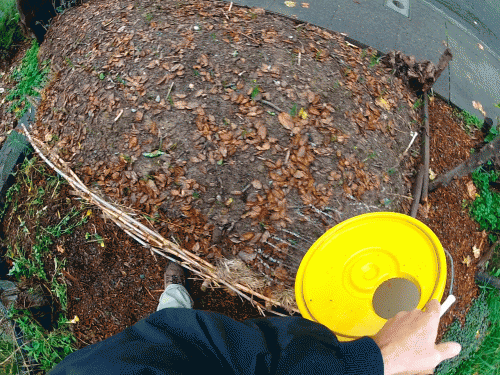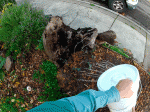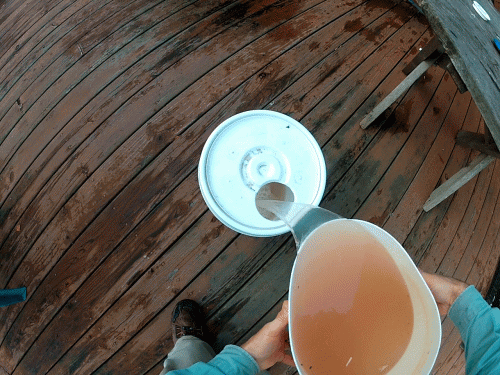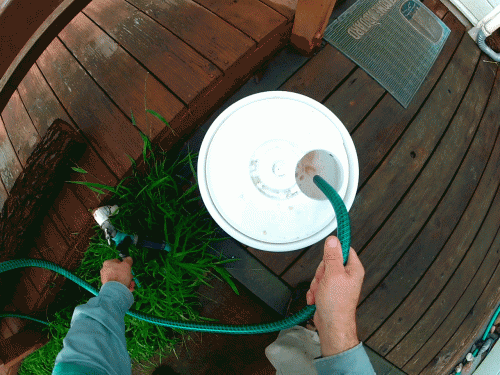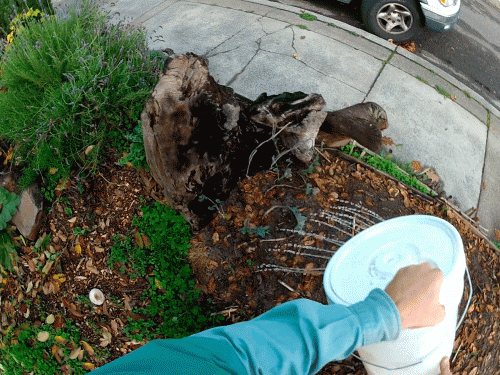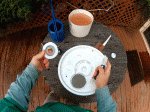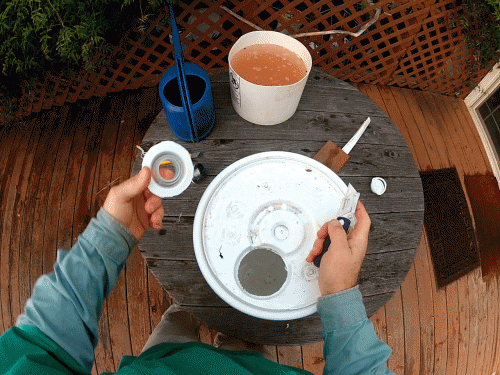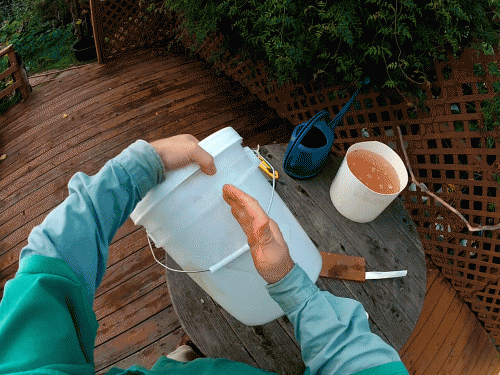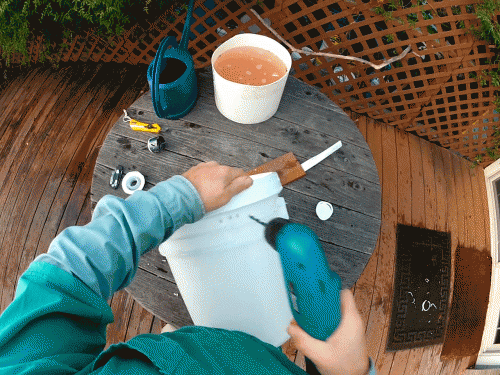Yesterday, Valentine’s Day ♥, was the start of new layers to our animal habitat/veggie bed hugelkultur, Food Ridge West. The new layers are pine tree prunings, horse manure, and organic vineyard compost and can be seen in my post Happy Valentines Day AND Garden What You Love.
Final touches to the pine limb layer are shown in this video:
A straw bale holding bin was constructed on our driveway to stockpile soil-making material till moving them to the hugelkultur. Also, the rectangle box, or “corral”, would be a good place for the compost company to dump the ordered organic vineyard compost.
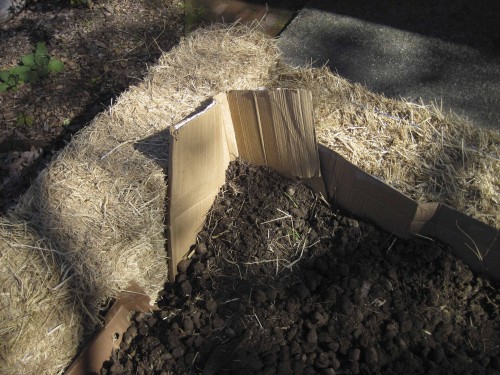 Soil corral reinforced with cardboard corner. The cardboard gives structure to the straw housing and prevents leakage between the bales. The rough concrete driveway is lined with a cardboard floor and folded up the sides of the bales. Easier cleanup of the concrete and less leakage of the corral’s contents. The manure and compost impregnated cardboard will be composted, perhaps thrown in the bottom of another hugelkultur after we clean up this project.
Soil corral reinforced with cardboard corner. The cardboard gives structure to the straw housing and prevents leakage between the bales. The rough concrete driveway is lined with a cardboard floor and folded up the sides of the bales. Easier cleanup of the concrete and less leakage of the corral’s contents. The manure and compost impregnated cardboard will be composted, perhaps thrown in the bottom of another hugelkultur after we clean up this project.
A couple of pickup truck bed loads of manure were used to line the bottom of the corral so that the vineyard compost could be dumped on top. Shoveling out the pile into wheelbarrow loads then mixed the two soil additives to be dumped onto the hugelkultur.
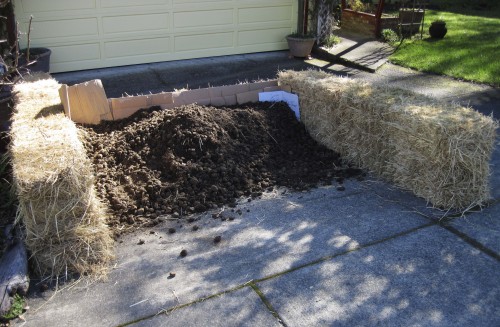 Early stage of manure and compost bin. The bin was expanded with more bales, and a second tier of bales was added, to fit the incoming vineyard compost mix.
Early stage of manure and compost bin. The bin was expanded with more bales, and a second tier of bales was added, to fit the incoming vineyard compost mix.
And here comes the dump truck!
Have a happy hugelkultur habitat day!
Tony

